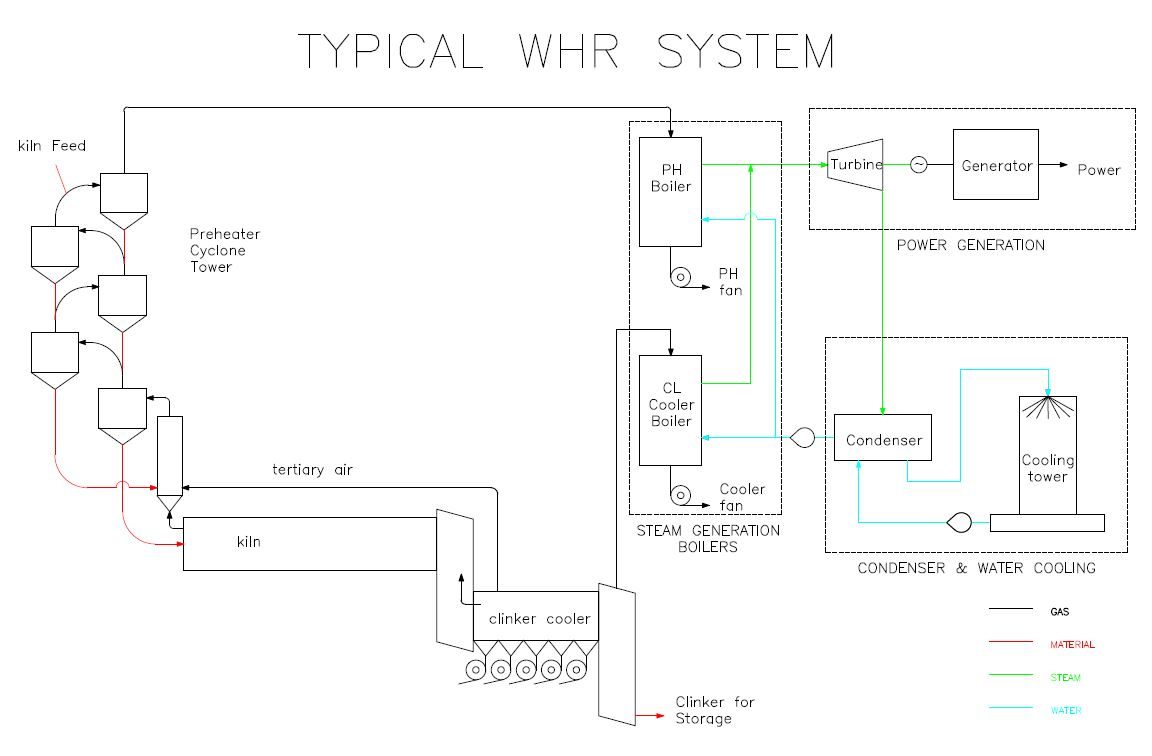The Importance of Lime
Lime is one of the oldest and most important chemical products. Today it is equally significant to the economy of industrial processes. It is extensively used in mining of raw metal ores. Other industries utilize lime in their processes to remove or neutralize hazardous emissions. Its use brings well-known efficiencies and solutions that benefit the mining of raw metal ores and protect the environment.

Lime is used in the production of steel in basic oxygen furnaces. In non-ferrous metallurgy, lime is used in copper, gold, and silver recovery. Lime is used to process alumina and magnesia, and to recover nickel by precipitation. Tailings that result from the recovery of precious metals, such as gold and silver, are treated with lime for environmental remediation purposes. It is used for softening municipal and plant process water and sewage treatment. In power plants and industrial plants, lime is injected into the flue gas to remove acidic gases. Hydrated lime may be used to control sulfur trioxide emissions at utility power plants. Lime is used by the pulp and paper industry and the chemical industry; it is used in sugar refining, in road paving, and in construction. Dead-burned dolomite, also called refractory lime, is the primary form of lime used in refractories.
LIME INDUSTRY– PEC Consulting Group’s Active Participation
PEC Consulting Group has provided technical assistance to industries and processing facilities that benefit the most from the use of lime. In doing so, we have actively helped industries meet the ever increasing demand for the production of quality lime. Sample Scopes of Work include:
- Feasibility and Technical Studies for Greenfield lime production facilities
- Feasibility and Technical Studies for capacity increase of existing plants
- Investigation of potential raw material deposits such as sea shells, travertine, or limestone to be used as a source for quick lime
- Geological exploration, core drilling programs, and testing for raw material physical and chemical properties
- Mining Plans
- Conceptual design of the mine and the plant
- Equipment Selection. Flow sheets, layouts, equipment lists and basic designs. Basic equipment specifications. Technology comparisons of major process equipment tenders submitted by equipment OEMs
- Capital cost and operating cost estimates of the project
- Logistics for supplying the mine facilities
- Economic viability analysis of the project
A study forms the foundation for future development and it is an absolute necessity for successfully carrying a project to its completion. By delivering a well prepared and thorough study, PEC Consulting Group helps its clients achieve their desired goals and competitive edge. The efficient extraction of minerals and ores and how lime plays an important part in these processes is our specialty and expertise.
View additional feature articles under Publications. Contact Us


